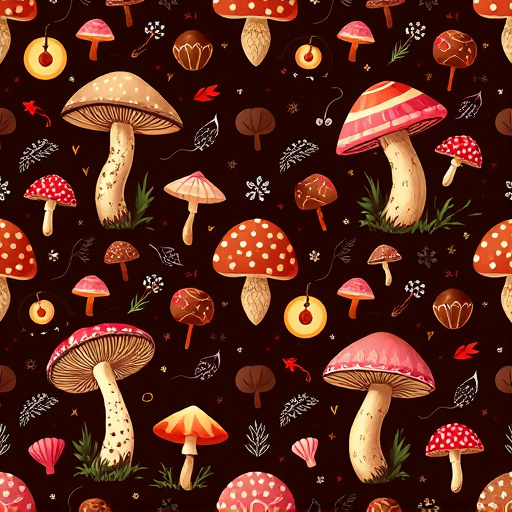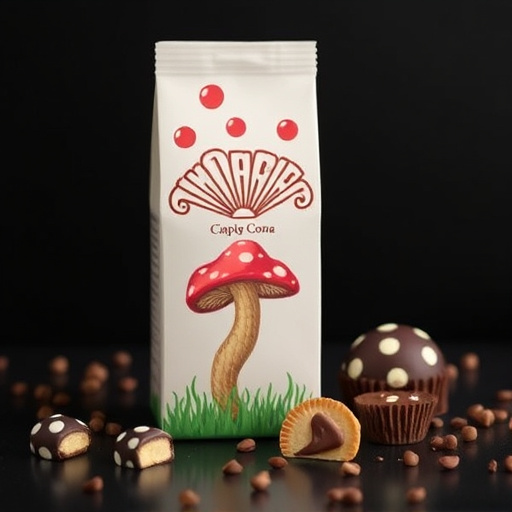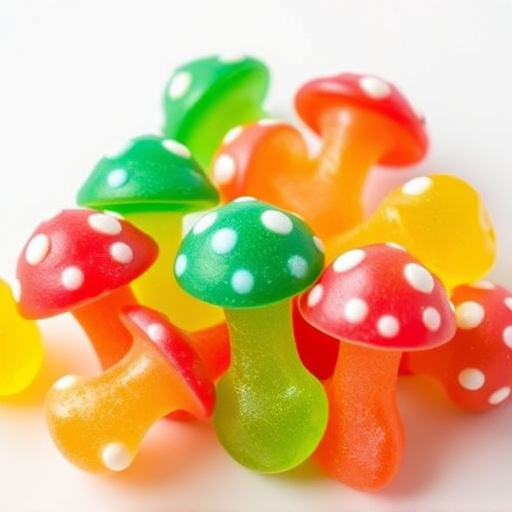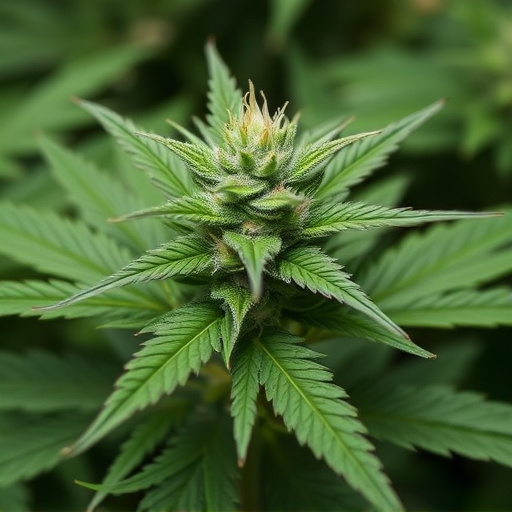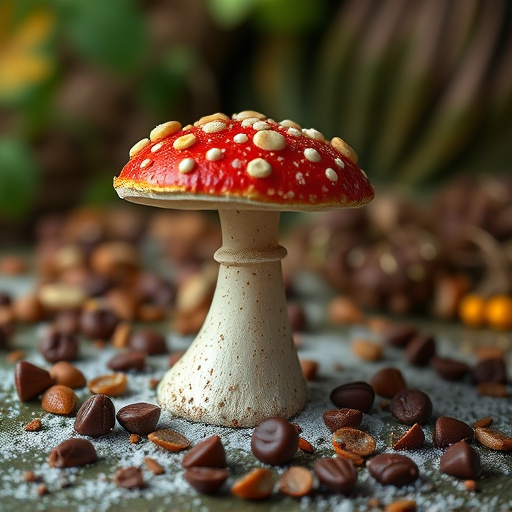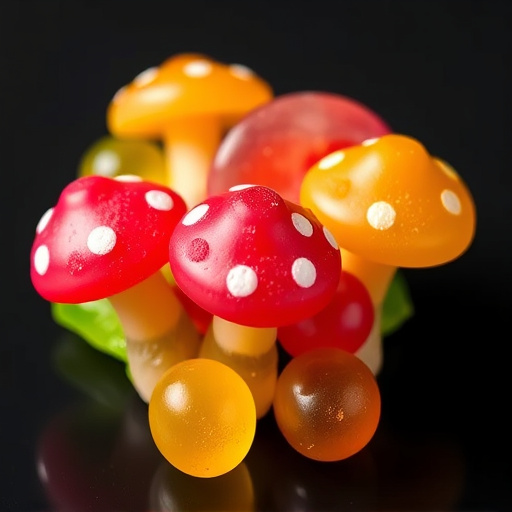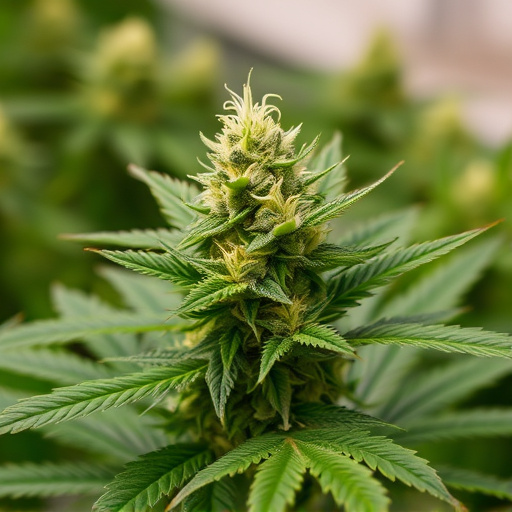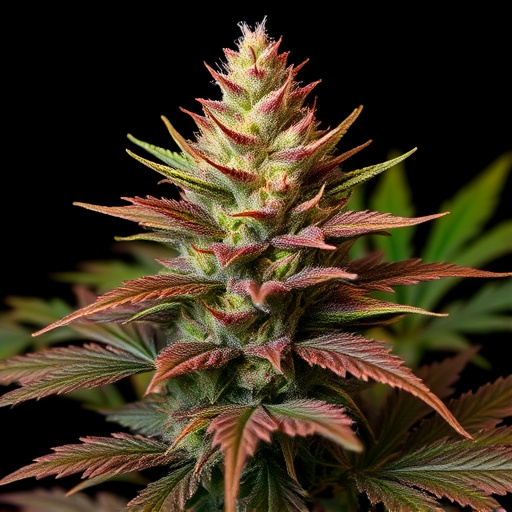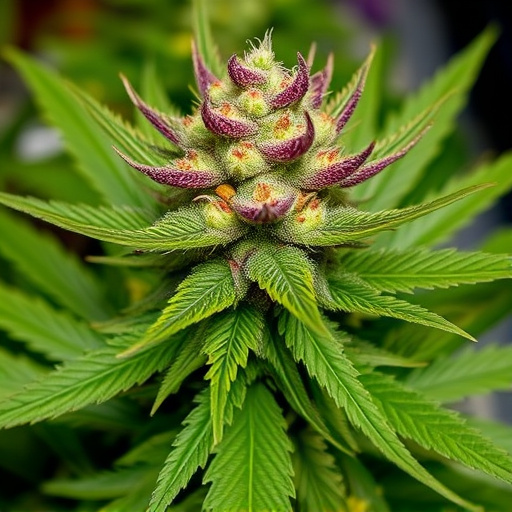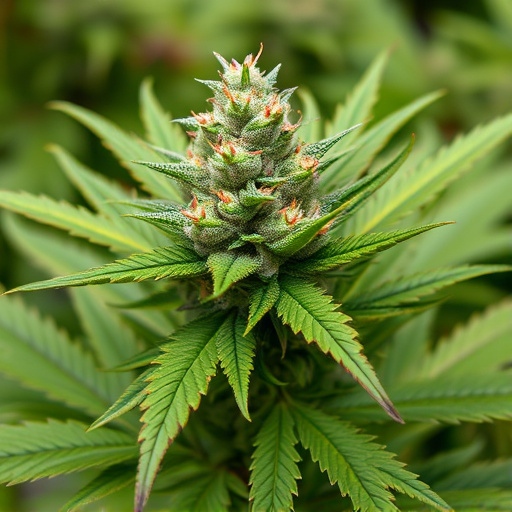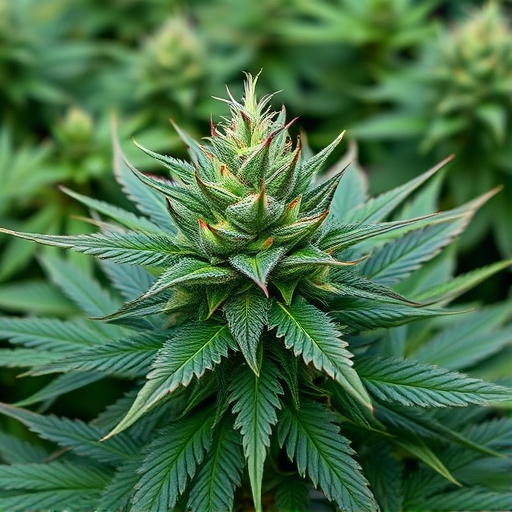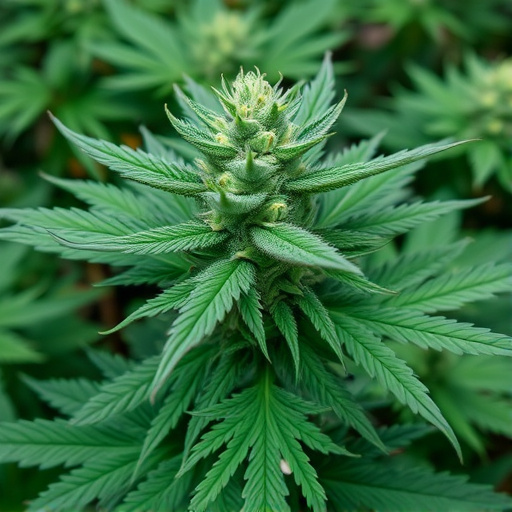Understanding the shelf life of cannabis flowers is crucial for consumers seeking rare strains, as environmental factors significantly impact quality over time. Key degradation signs include discoloration, browning/yellowing leaves, dryness, and a shift from pleasant to musty odors. Laboratory testing ensures expected potency and effects. Sight and smell are key indicators; brown spots or off odors signal potential degradation. Proper storage practices, including airtight containers, prevent spoilage. Cool, dark places with consistent humidity and temperature levels safeguard rare strains from mold, degradation, pests, and diseases, preserving their unique terpene profiles and flavors.
Tired of opening your precious cannabis flower only to find it spoiled? Learn how to spot a bad batch before it takes a bite out of your collection. This guide delves into the telltale signs and factors contributing to cannabis degradation, focusing on the unique characteristics of rare strains you’ve cultivated or acquired. By understanding visual cues, scent alterations, and storage best practices, you’ll safeguard your rare cannabis strains from going bad, ensuring optimal quality for every hit.
- Understanding Cannabis Flower Degradation
- Visual and Aroma Indicators of Bad Cannabis
- Safeguarding Your Rare Cannabis Strains
Understanding Cannabis Flower Degradation
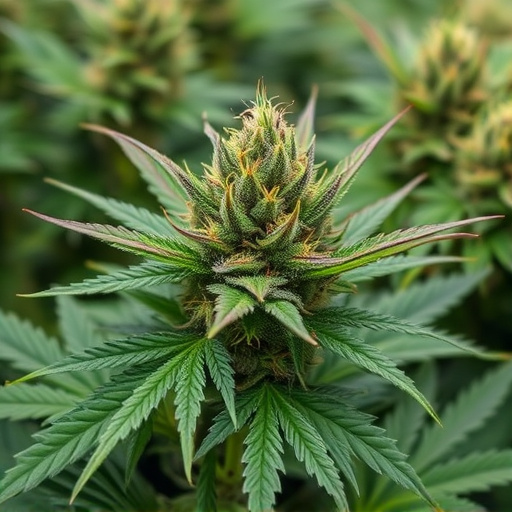
Cannabis flowers, like any other organic material, have a finite shelf life. Understanding how and why cannabis degrades is crucial for consumers, especially those seeking unique rare cannabis strains. Degradation occurs due to various factors, primarily environmental conditions such as temperature, humidity, and exposure to light. Over time, these elements can cause the cannabis flowers to lose their potency, aroma, and flavor.
One of the first signs of degradation is a change in appearance. The flowers may become discolored, with leaves turning brown or yellow. They might also feel dry and brittle upon touch. A strong, pleasant scent often associated with fresh cannabis can fade, replaced by a musty or off odor. Testing the potency through methods like laboratory analysis is essential to ensure you’re getting the quality and effects expected from rare cannabis strains.
Visual and Aroma Indicators of Bad Cannabis
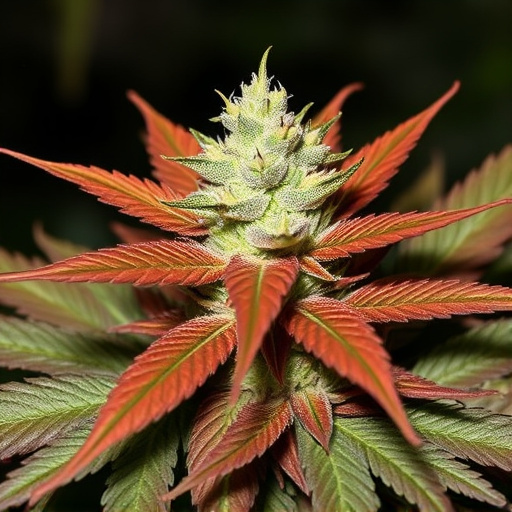
When it comes to discerning whether your cannabis flower has reached its peak or taken a turn for the worse, the senses are your best tools. Visual inspection and aroma assessment are crucial indicators of quality. Discoloration, such as brown or black spots, is a clear sign that the bud may have gone bad. Rare cannabis strains, prized for their unique attributes, can be particularly susceptible to these changes if not stored properly.
Furthermore, an off or pungent odor is another red flag. The fragrant aroma of premium cannabis should remain consistent throughout its lifespan. If you detect an unpleasant, skunk-like scent or a sudden change in fragrance, it’s likely that the flower has degraded, especially if accompanied by a musty or moldy undertone—a common issue when cannabis isn’t stored in an airtight container.
Safeguarding Your Rare Cannabis Strains
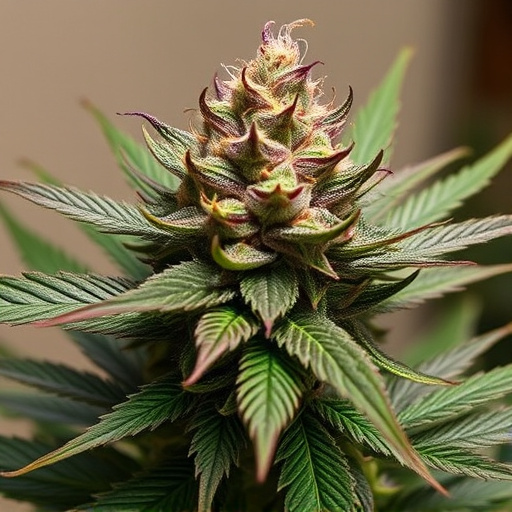
Protecting your rare cannabis strains is paramount, especially if you’ve cultivated them with care and precision. These unique varieties are often sought-after for their specific terpene profiles, potent THC levels, or distinctive flavors. To preserve their integrity, store them in a cool, dark place – conditions that inhibit the growth of mold and prevent degradation. Use airtight containers to lock in freshness, keeping them away from moisture and oxygen, which can accelerate spoilage. Regularly inspect your collection, checking for any signs of discoloration, mustiness, or unusual odors – indicators that your rare cannabis flowers may have gone bad.
Beyond proper storage, consider the environmental conditions where you cultivate. Maintaining consistent humidity levels and optimal temperatures discourages the development of pests and diseases that can damage delicate strains. Additionally, implementing a strict sanitation routine helps prevent cross-contamination from other plants or materials. By safeguarding your rare cannabis strains through these measures, you ensure their quality remains intact, allowing you to fully appreciate their unique attributes.
Knowing how to identify bad cannabis flowers is essential for anyone appreciating or using rare cannabis strains. By understanding degradation and recognizing visual and aroma changes, you can ensure the quality and potency of your cherished plants. Safeguarding your rare cannabis strains from spoilage is a vital step in maximizing their therapeutic potential and savoring their unique properties.
